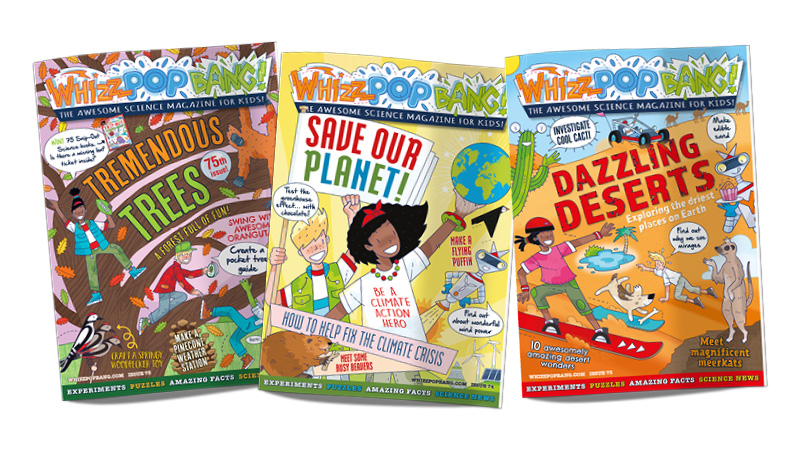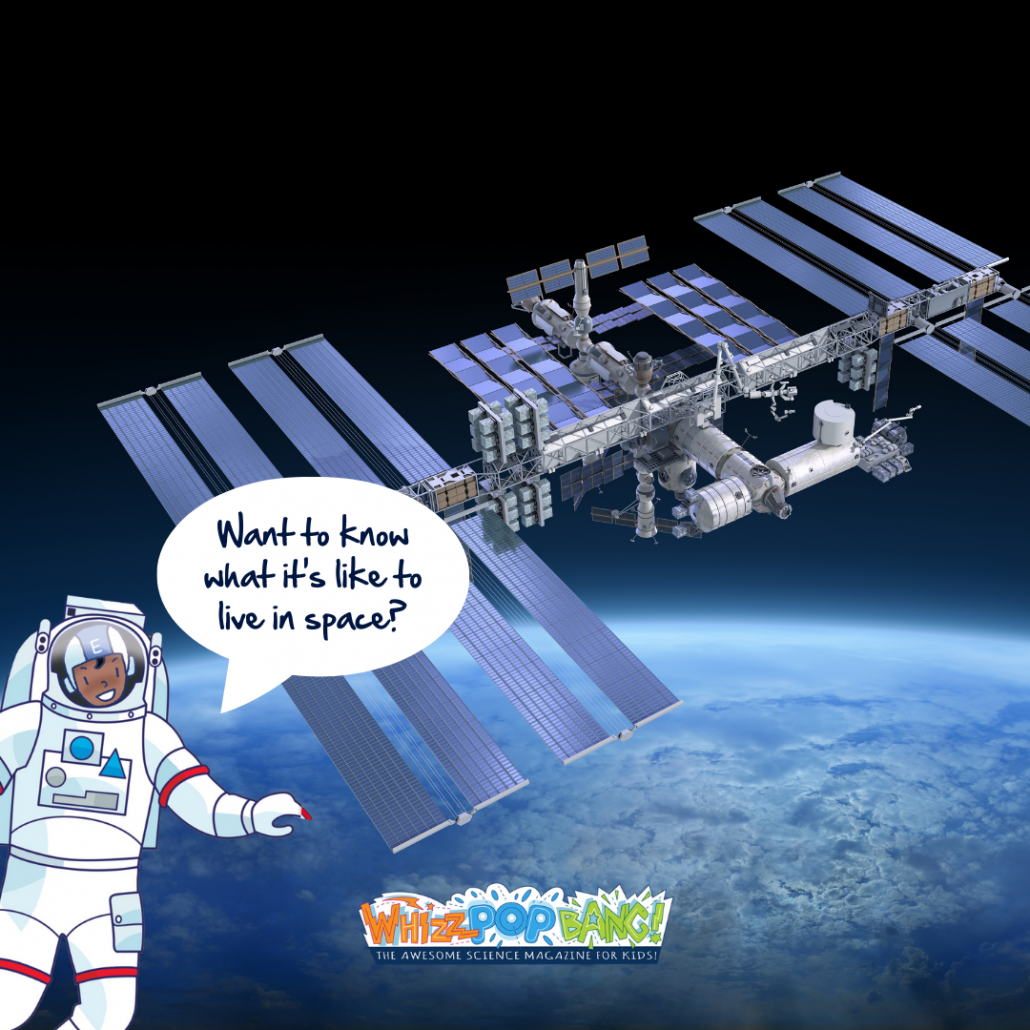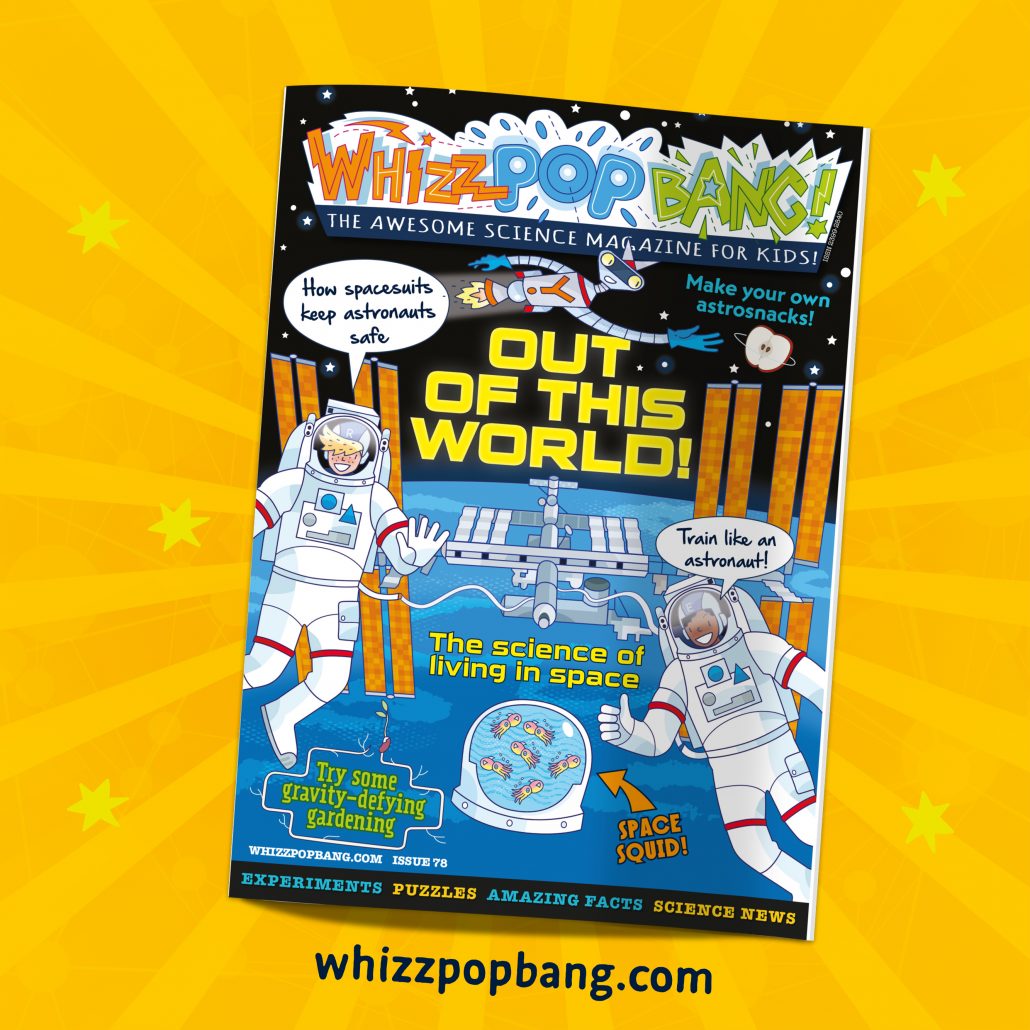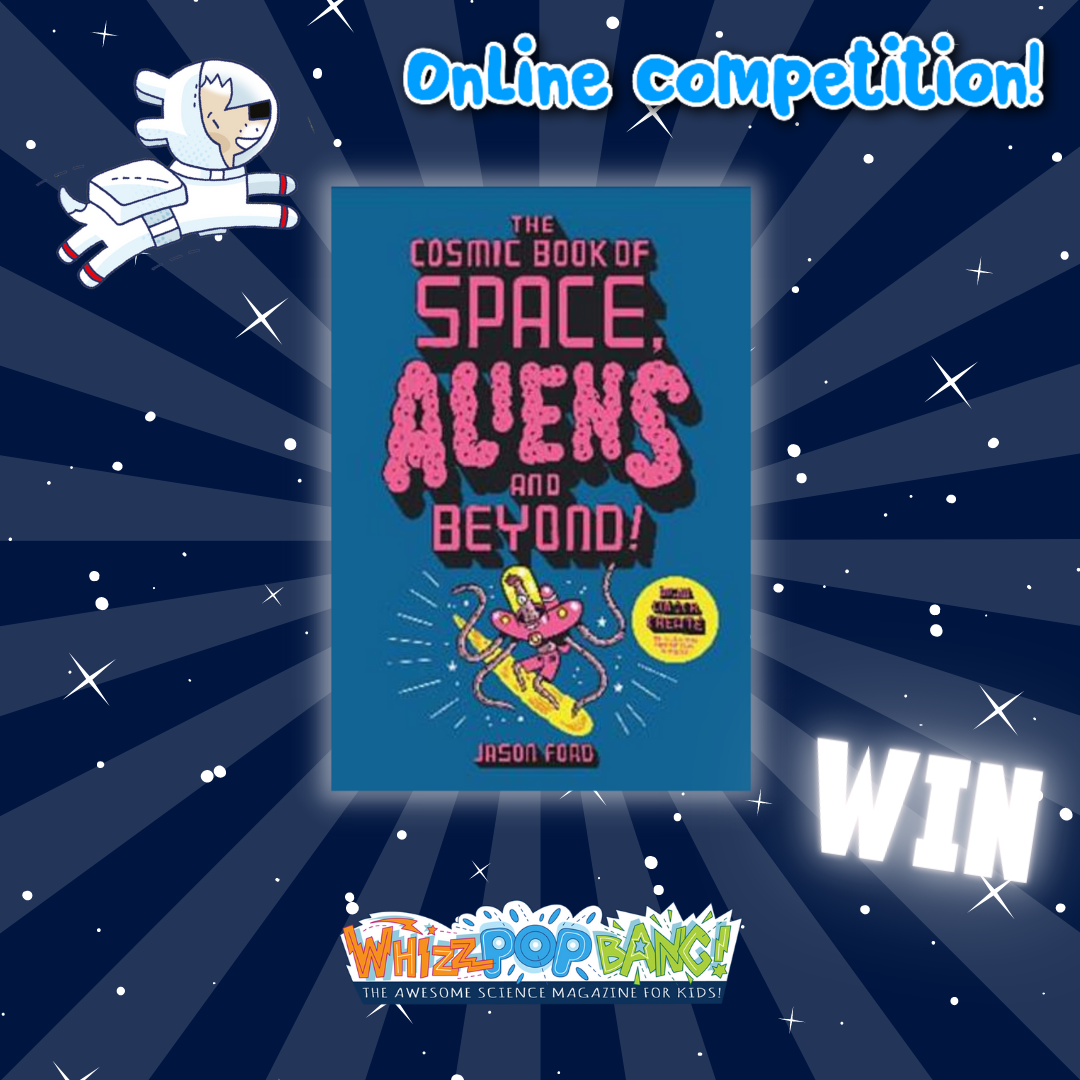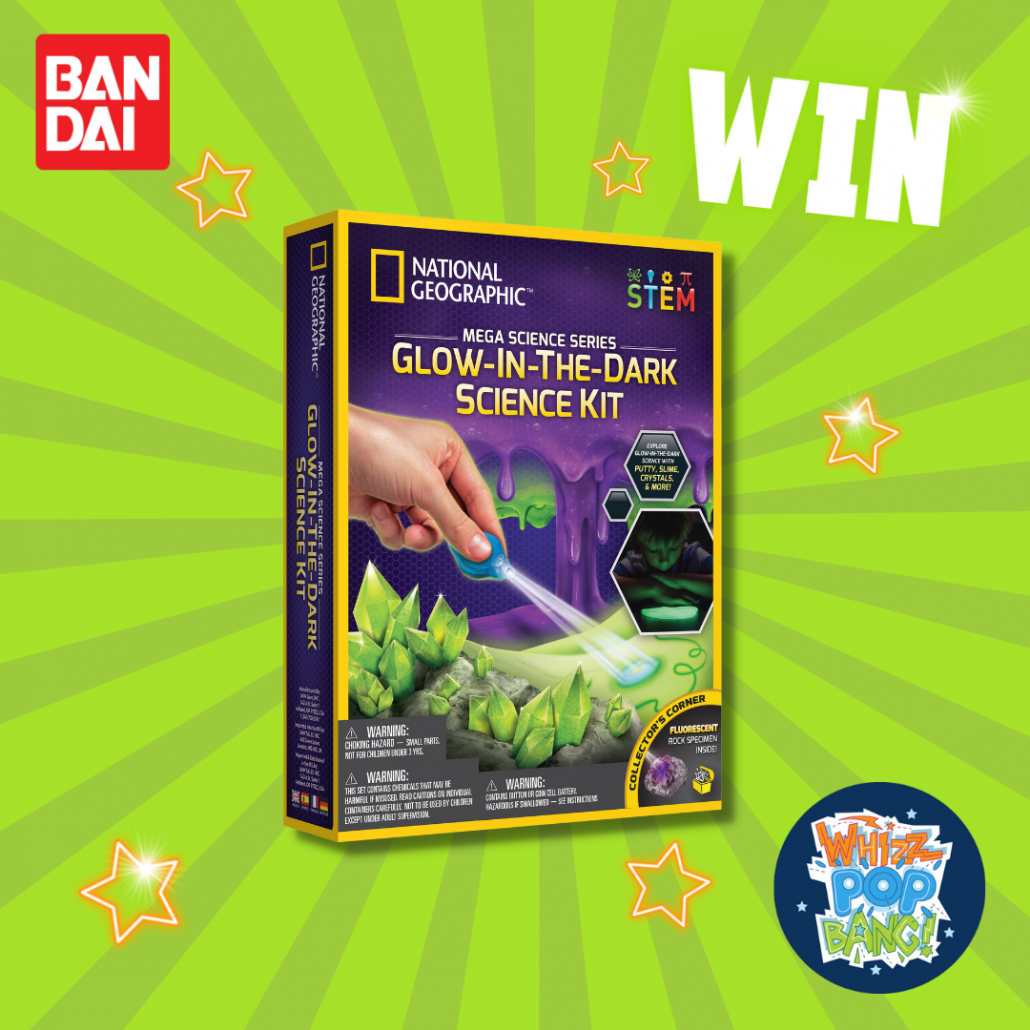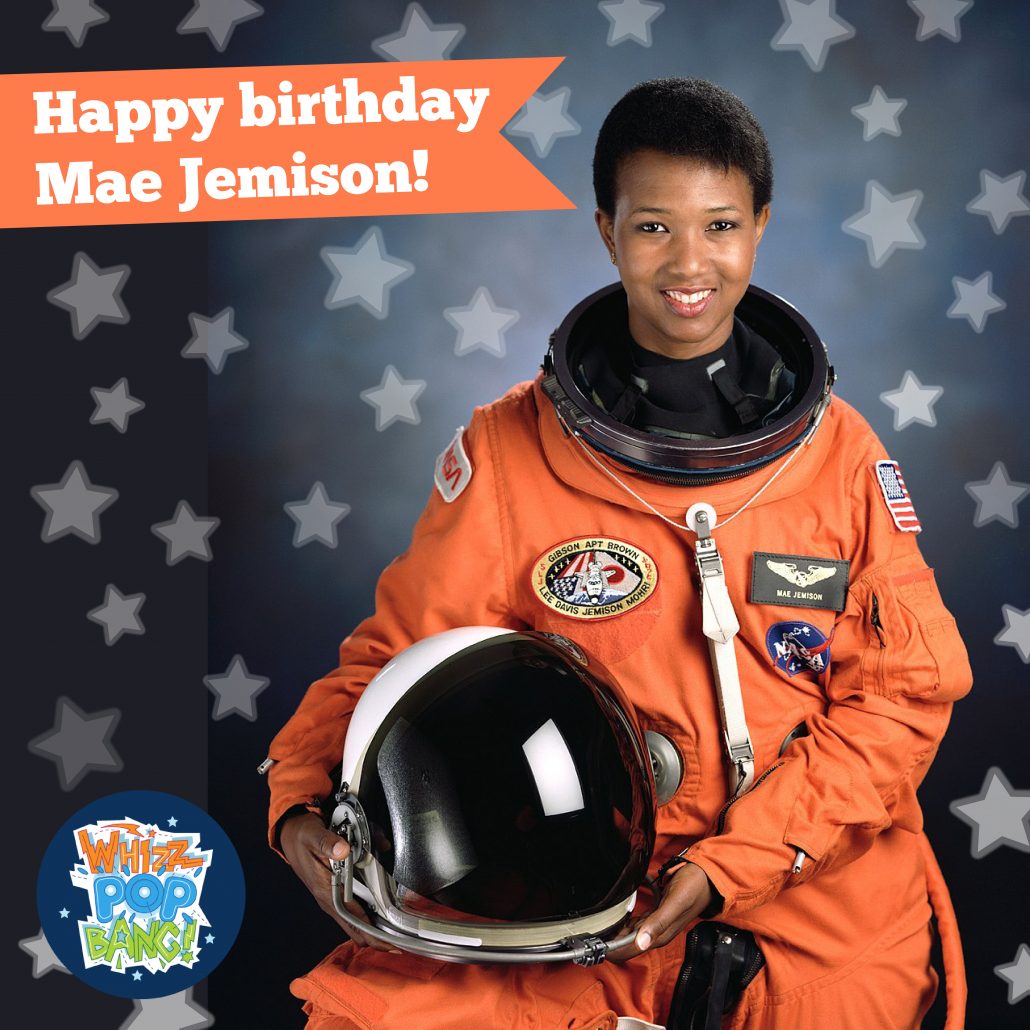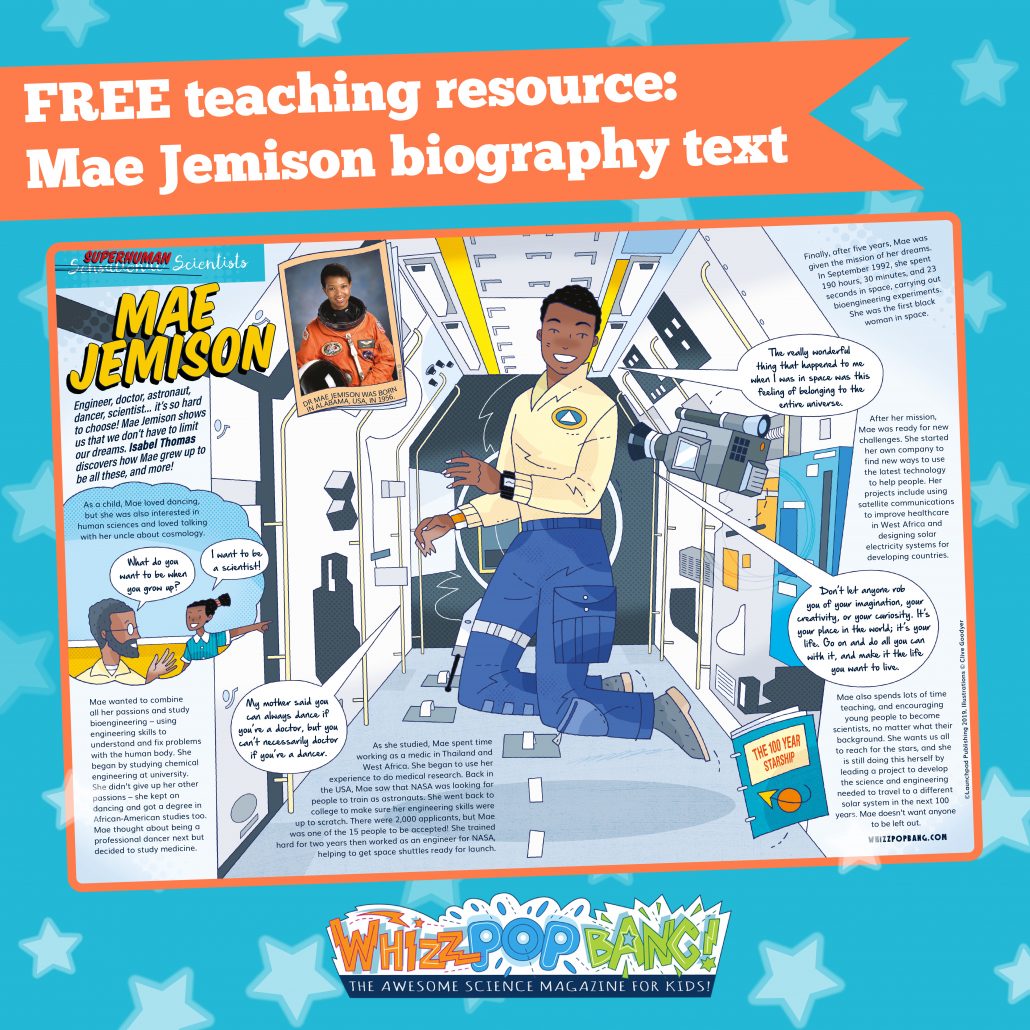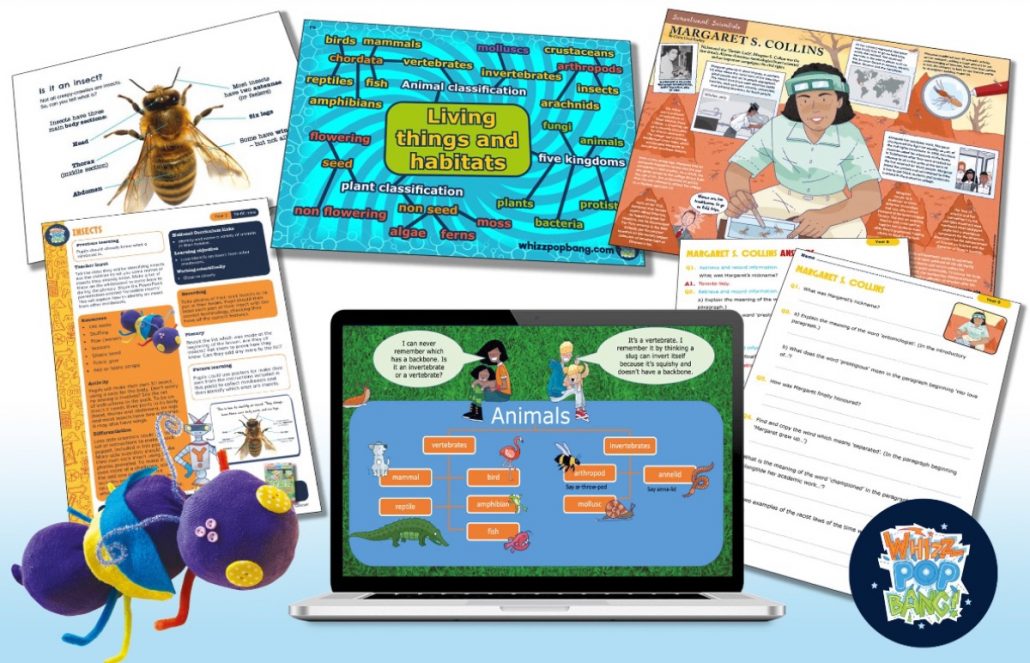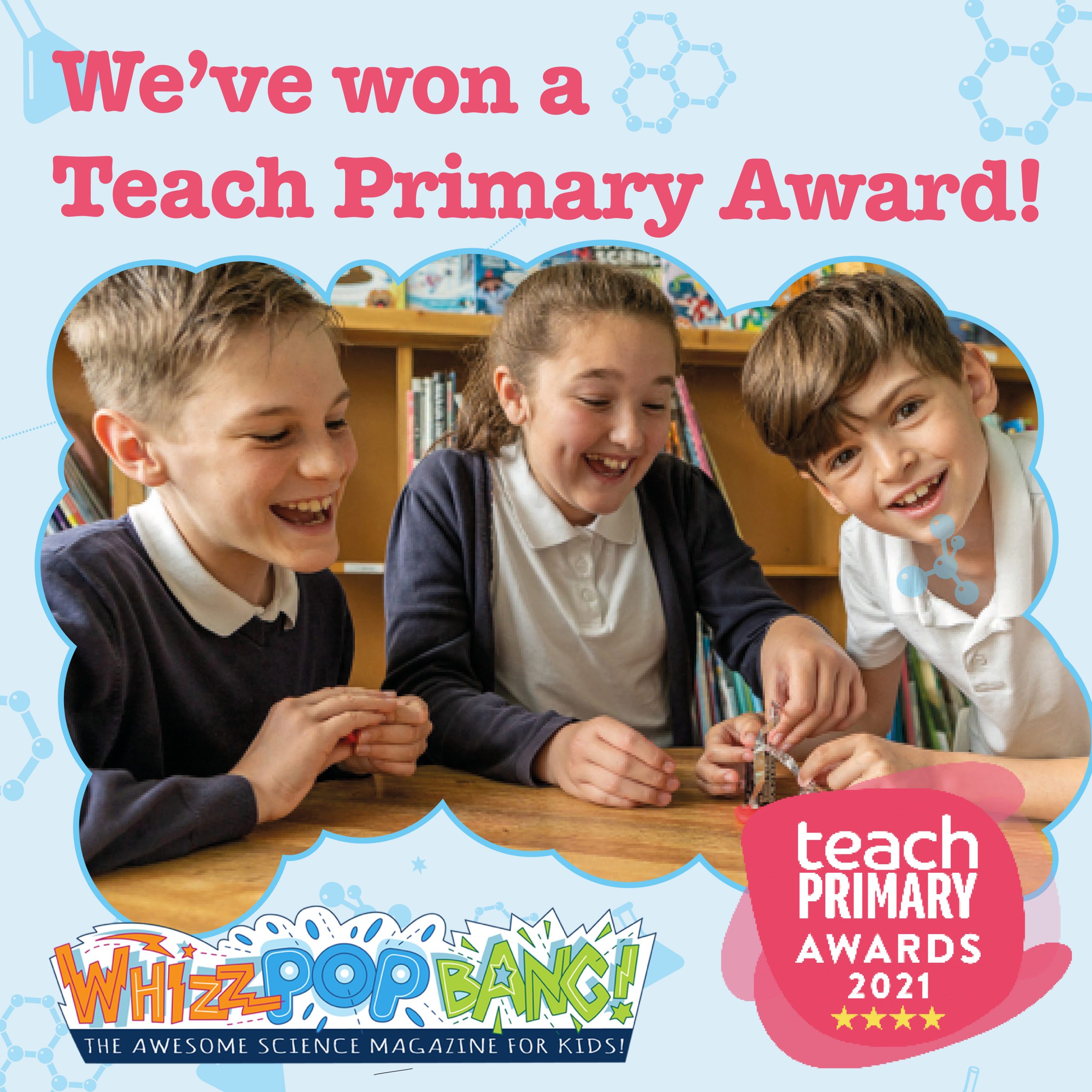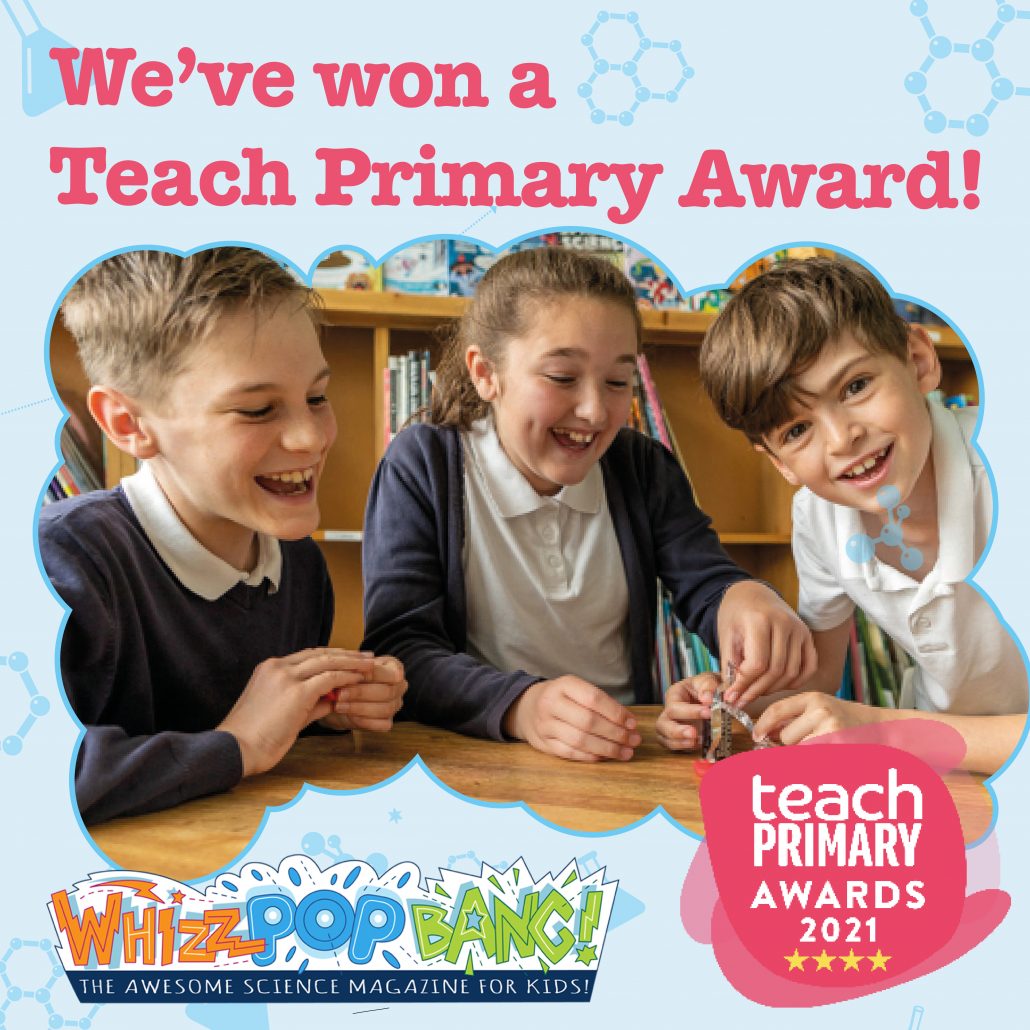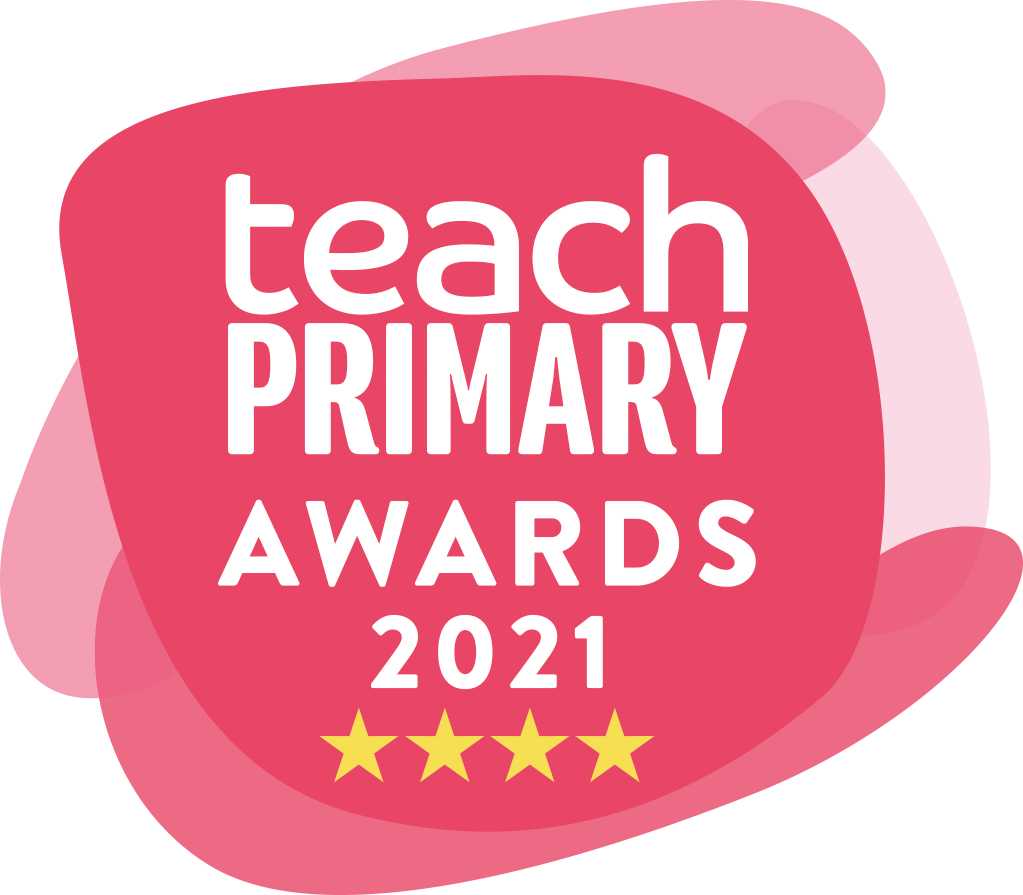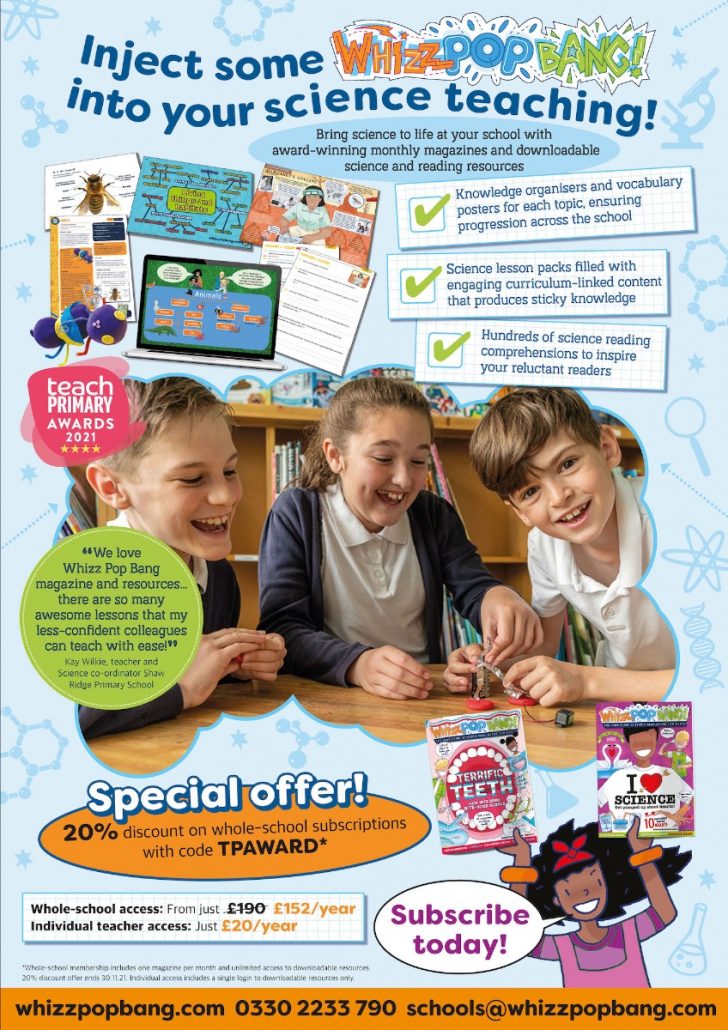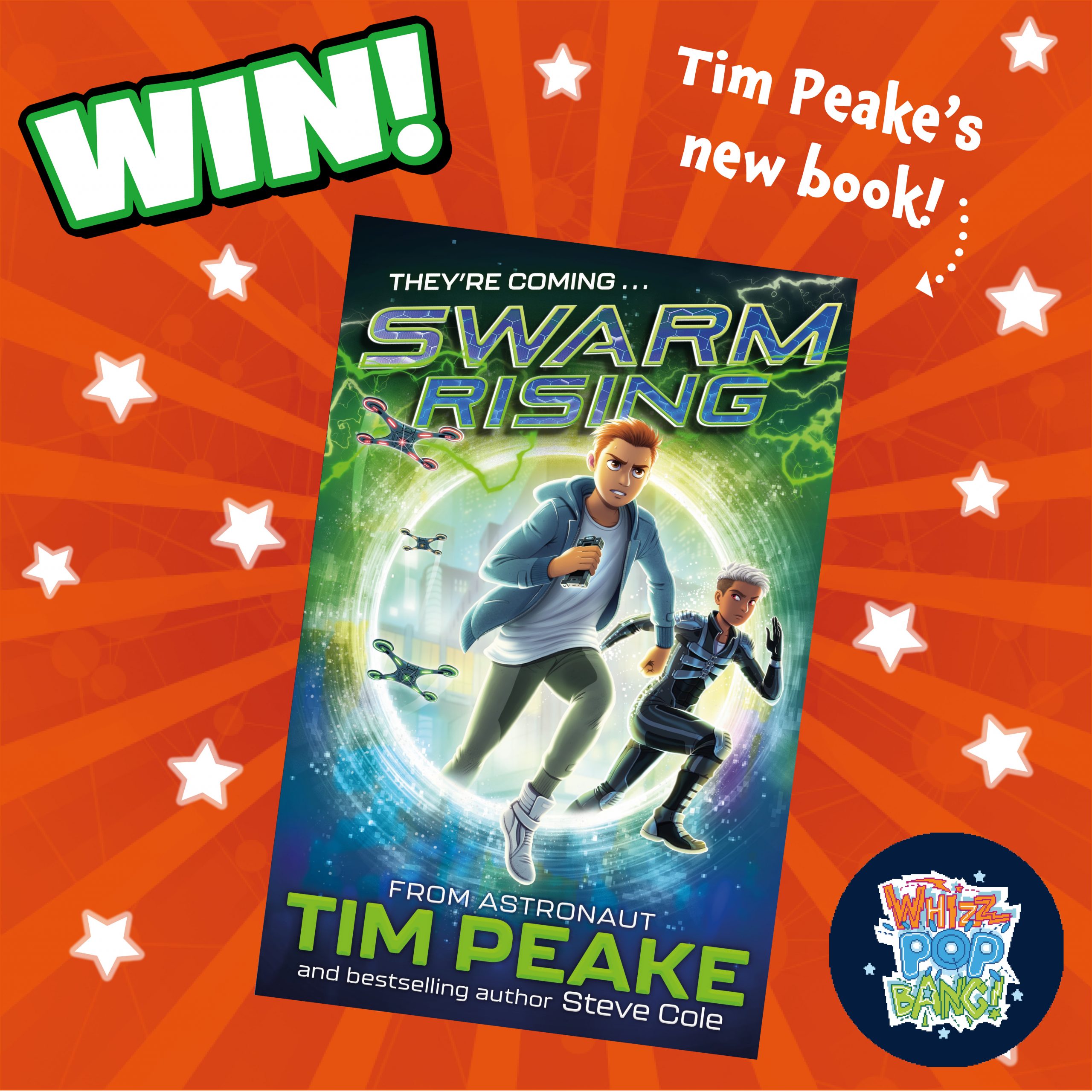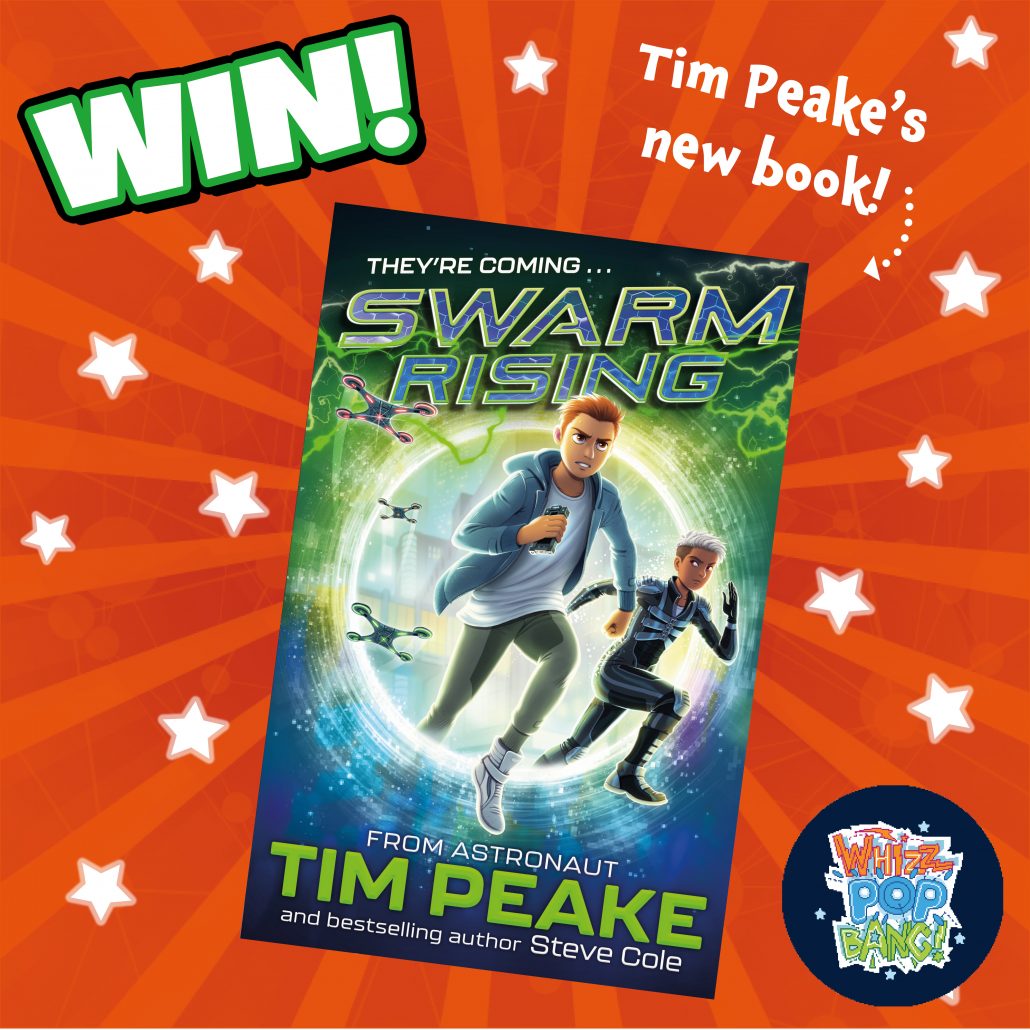Calling all hedgehog fans, every year on the 2nd February we celebrate National Hedgehog Day! Celebrate these spikey critters by checking how hog-friendly your garden is. Hedgehog populations are sadly declining, therefore it’s critical that we do everything we can to protect them.
Here are some pointers on how to make your garden a hog’s paradise:
🦔 Shrubs or woody plants provide much-needed cover.
🦔 Native fruit trees, as well as hazel and hawthorn, will attract insects an important food source.
🦔 Wildflowers will also attract insects providing additional seasonal food.
🦔 Ditch the pesticides, unfortunately, toxic pesticides can kill hedgehogs, therefore organic gardening is the best option.
🦔 If you’re looking for a project, why not make a hedgehog house or a hedgehog highway (just a hole in your fence will do!).
It’s important that we protect the hedgehogs of Britain because not only are they adorable, but they help maintain the balance in the ecosystem. Conservationists refer to Hedgehogs as indicator species. This is because the numbers and behaviour of hedgehogs can tell us a lot about the health of their surrounding areas. Hedgehogs eat soil invertebrates, so a fall in hedgehog numbers can signify a decline in the quality of the surrounding environment. Their main source of food is insects which helps to keep insect population levels manageable, if hedgehog populations drop, insect numbers may rise posing unknown threats to the delicate balance of the ecosystem.
If your young ecologist is a subscriber to Whizz Pop Bang and would like to do more to help wildlife in your local area why not encourage them to complete our Wildlife Watcher badge.


